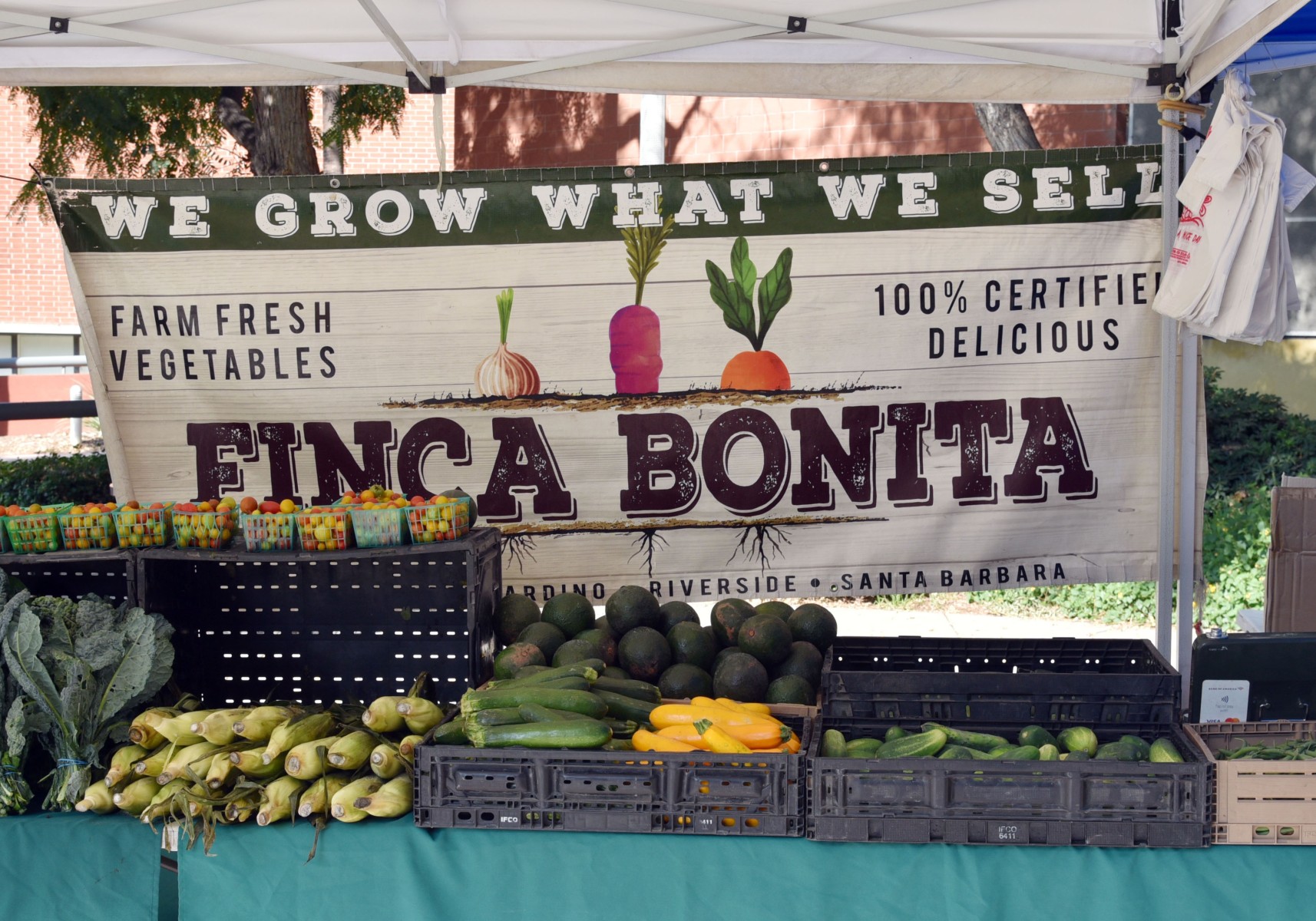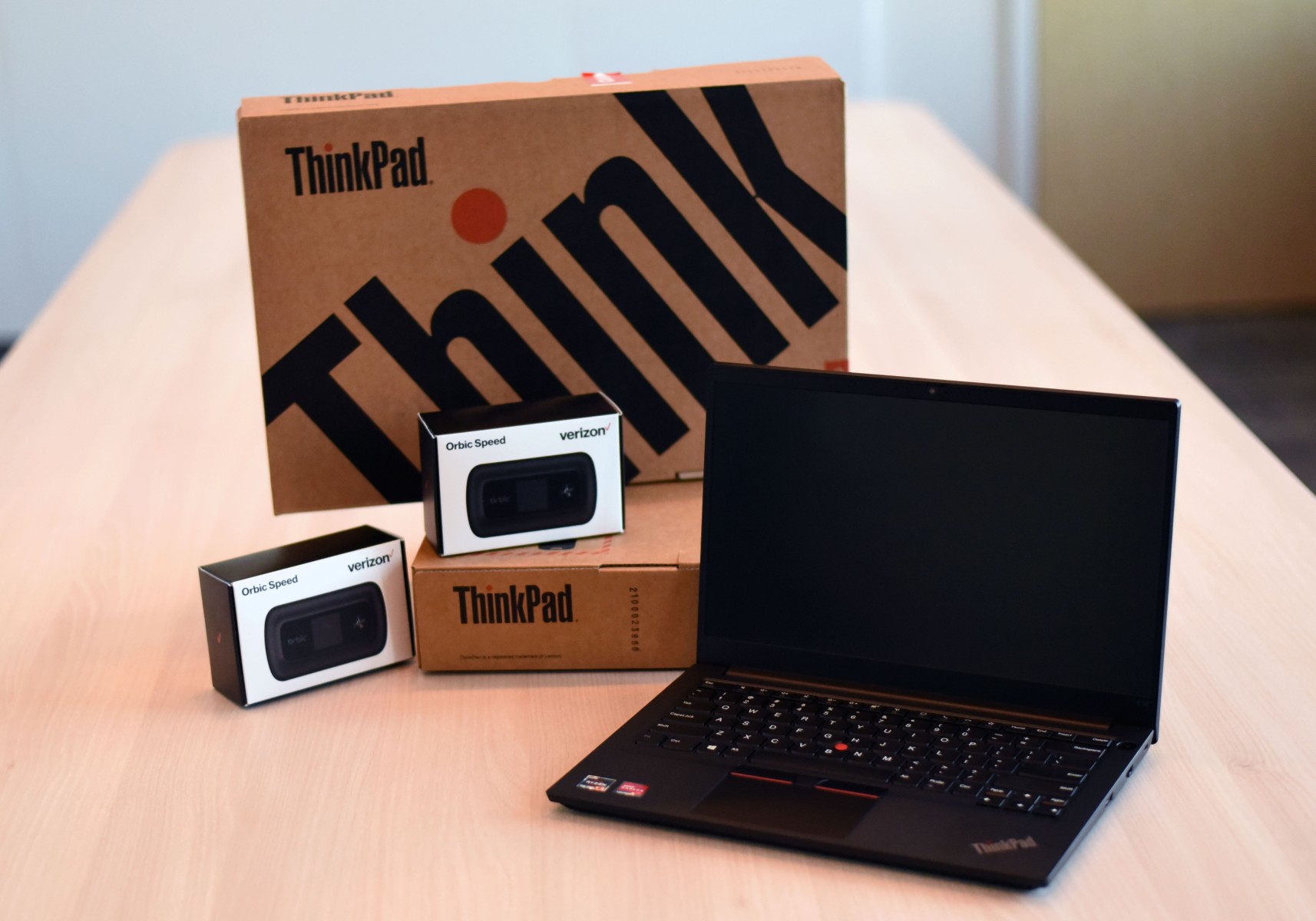Emergency Grants
The Cal State LA Emergency Grant provides up to $500 per semester to students who are in financial crisis as a result of serious, unexpected circumstances beyond their control that are impacting their ability to be successful in school.
The overwhelming majority of these grants went to students whose personal and family financial situations were already challenging (with, for example, a low FAFSA Expected Family Contribution), who therefore do not have the financial surplus to be able to weather unexpected financial crisis. In pursuing information about resources available at the school and in taking the initiative to complete the emergency grant application (in the face of possible felt stigma), these students are practicing a resourcefulness and self-advocacy that will stand them in good stead moving forward in their lives. These emergency grants have been helping students to have a more secure foundation upon which to successfully complete their academic goals. So, these students are growing in personal and professional identity. Also, as a result of information they share on their emergency grant application, students may be connected with other resources (e.g., Counseling and Psychological Services, Technology Loan Program, Emergency Housing Program) that broaden or make more secure the foundation of their personal and professional development.
The Emergency Grants Program has been effective in providing practical help to over 2,400 students during the 2021-2022 school year. Many of these students had financial crisis created by or made worse due to the continued negative impact of the COVID-19 pandemic. The overwhelming majority of these grants went to students whose personal and family financial situations are already challenging (with, for example, a low FAFSA Expected Family Contribution (EFC), or undocumented status; little or no surplus financial resources), who therefore have been more greatly impacted by unexpected financial deficits.
We will work to maintain access to emergency grant aid for undocumented and international students. This includes working more closely with the Glazer Family Dreamers Resource Center to provide emergency grants to undocumented students. We will work with Institutional Effectiveness to receive and analyze retention and graduation data for emergency grant recipients.
Food Insecurity
During the 2021-22 year, there were 1,464 unique students who accessed the Cal State LA Food Pantry and 680 students engaged with the CalFresh Outreach Center.
To gather student input on food security resources, the Office of the Dean of Students incentivized students to complete the Food Security Resources Feedback Survey. A total of 210 students participated.
Students experiencing food insecurity acted independently in accessing the Food Pantry and seeking assistance in determining eligibility to apply for the CalFresh program. At the Food Pantry, students took the personal responsibility to visit the pantry in between, before, or after their in-person classes. Students had the opportunity to engage with fellow student workers, volunteers and staff regarding the foods available and asked questions about ways they can prepare a balanced meal that fulfilled their dietary needs.
In seeking CalFresh application assistance, they were fearless in accessing a resource that has been historically stigmatized. They were willing to build community around CalFresh as attended and engaged with the CFOC's mass enrollment events and pop-up farmer's market. Moreover, students living off campus in low-income multigenerational households practiced initiative as they navigated a public service for their benefit and their family. Moreover, students that learned they were ineligible for CalFresh, were not discouraged to access the Food Pantry as the pantry's only requirement is to be currently enrolled at Cal State LA.
Students expressed that in accessing food through the Food Pantry and receiving money for groceries from CalFresh program, they felt supported and less stressed. They could focus on their studies and allocated the money saved to other financial responsibilities.
The Food Security Resources Feedback Survey was administered at the pilot event, The CalFresh Outreach Center Presents: The East LA Certified Farmers Market that took place on Wednesday, May 11, 2022, on the Main Walkway. A $10 voucher to spend at the event was offered as an incentive to complete the survey. The results below are from responses from the 210 students who completed the survey.
- How familiar are you with food security resources on campus offered through the Dean of Students?
- 46% are somewhat familiar
- 24% are very familiar
- 30% heard about these resources for the first time
- In response to a question about how we could improve our communication about food security resources on campus, a couple of students expressed that having professors mention resources in class could help spread the word since students tend to ignore "spam e-mails."
- The majority of participants heard about the farmers market through social media and a direct e-mail sent by the CalFresh Outreach Center.
- Students who've used the CFOC and or the Food Pantry rated our services at an average of 4.50 out of 5.
- The majority of students preferred to have future markets on Tuesday. The second best option was Wednesday.
The CalFresh Outreach Center and Food Pantry programming will continue to include events that help build community around food security. We will adjust our marketing strategies and event planning based on the feedback provided and make it a practice to asses student's experiences with our services.
Technology Loans
The University continued addressing the digital divide as a basic needs security issue through its Technology Loan Program. In partnership with Information Technology Services, the University Library, and the office of the Dean of Students, this program provided hotspots and laptops to enrolled students who needed the technology, especially during remote modalities of instruction.
As an available student resource, students who utilized the Technology Distribution program helped model and illustrate their self-advocacy skills they used to pursue their academic goals.
We served more than 3,000 students through this program. Based solely on the amount of equipment distributed, Cal State LA students continue to demonstrate the need for addressing basic needs in order to succeed in their academic programs. The students we served through these programs were well-versed in navigating university resources, but also sought additional support when receiving direct service from our office, such as connections and referrals to other campus programs. For many, the technology program was their first in-person introduction to the available services the University offers. The data we collected, however, is only user number data and is limited in that we did not assess their overall satisfaction with the program nor measure its impact on their academic success. For that, a system-wide assessment was sent out to the CSUCCESS program participants (but we have yet to hear on those results).
Based on the number of students served, we will work to include an evaluation piece that tries to measure student satisfaction with the program, as well as the overall impact of this program on their academic progress.
YOU@CalStateLA
The Office of the Dean of Students assessed the participation of 1,057 students who used the YOU@CalStateLA well-being platform.
This resource allows students to set goals and action items for themselves surrounding multiple areas of personal well-being, including academics, socialization, academic/career goals, mental and physical health, and mentorship.
The average time on site is significant, at over four and a half minutes on average. Additionally, the most frequently visited cards are largely campus resources, not online (universal) resources. Users are favoriting cards to revisit on future logins. The top completed goals are: meet with an academic advisor this semester, meet someone new, and create a LinkedIn account; all three of which are connected to personal, social, and professional identity development. Additional goal categories accessed by students this semester include: career path, degree program, and relationships and making friends.
We want to increase both social media and in-person marketing of the resources to increase the number of users. We'd also like to work with the web development team to set SMART goals for the resource based on previous rollouts of other CSUs.

